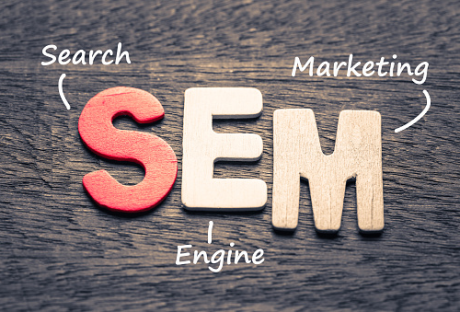Brand influencing existed before social media, but (intelligently) centered more around events than individuals.
An example would be a group of young people enjoying a brand of beer at a football game. All the while also encouraging the other fans to drink it.
There are many other examples of individuals outside social media being used as brand ambassadors.
Like athletes wearing branded hats, musicians using only one kind of guitar, etc.
However, the potential is endless in a world of social media where these potential influencers have 24/7 access to their fans.
There is almost endless potential for these individuals to drive business revenue through their influence.
Most of those individuals who successfully influence branding outside of social media are popular. With social media, if you reach out to the right influencer in the right niche, they can help you grow.
Even if they only have a reach of a few thousand followers. Here are five steps to building a solid influencer Marketing Campaign. Even for small, niche social media markets.
Have Realistic Goals
One of the many appealing things about an Instagram marketing campaign is the price tag range. As there truly is a deal out there for every company and every potential brand influencer.
Some goals for every campaign should reach a brand-new audience and reestablish trust from your current buyers.
If you’re a web-based company, increasing traffic to your site should also be at the top of the goals board. If you’re not, you should be thinking of ways to monetize your goods or services via a website.
The level at which you measure success in each of these fields is up to you. However, some improvements should be made to all of them.
Even if you’re only investing $80 in a local influencer with 4,000 followers. 10 new followers on your page and a percentage increase for web traffic are realistic and easily-measurable goals.
Match the Message to the Niche
For micro-marketing campaigns directed towards the followers of a given influencer (maybe a quarterback at the local college). Ensure to create a message that will resonate with those followers.
It’s important to do research here, as many influencers get heard due to accomplishments but take on a much more personal persona on social media.
For instance, a person may be famous for golfing but is a huge gamer in his or her free time, and most of the social media posts are related to gaming.
In this case, if you could create a message that somehow ties in golf and video games, your odds of meeting your goals increase by quite a bit. Easier typed than done!
Let the Influencer “Sit at the Table”
There is no audience with a more direct niche than an audience that follows a single individual’s life through the lens of social media.
With this in mind, no one knows what that niche likes more than the influencers themselves.
Inviting the influencer or influencer to share opinions on how the message is to be conveyed will not only resonate with followers but will also make for a more passionate message from a said influencer.
Take Advantage of Analytics
Social media analytics are instant, virtually free, and extremely easy to understand and utilize for the betterment of your campaigns.
The beauty of having the sole person delivering your message is that you only must talk to one person (or, perhaps a small team) to implement changes to that message.
This can even be done during a campaign and should be fully taken advantage of. Tailoring and making changes based on audience response is incomparably easy to do on social media.
Grow
Every real influencer’s goal with social media is to grow their audience. For some, it’s no doubt equally as satisfying to the psyche as it is the wallet, but to most, they know that the bigger the audience, the bigger the paycheck.
As a team or individual just starting out in the influencer marketing business, you, too, should be hoping to grow your reach.
Finding out what works and what doesn’t is the name of the game with small dealings.
Learn from those mistakes, widen your niche, and invest even more in working with an influencer whose audience (and investment) is a little larger. Repeat and reap the benefits!
Build Relationships that Last
One-off campaigns can work, but influencer marketing really clicks when you focus on building longer partnerships.
If an influencer fits your brand well, it’s smart to stick with them. In fact, when followers see the same person backing your product over time, it feels more genuine. It’s about trust, and trust surely leads to better results.
Plus, working together long-term means you both grow. As the influencer gains more followers, your brand’s reach grows, too.
Especially when their audience is loyal, they’re more likely to listen and engage with recommendations.
If the influencer sees themselves as part of your brand’s journey, their content naturally feels more authentic.
Keep Testing and Tweaking
No campaign is perfect, but each one teaches you something. It’s important to experiment. Try different content styles—videos, stories, giveaways—and see what sticks.
Your audience might respond better to a live session than a boring static post, or maybe an influencer tutorial pulls more engagement than a product review. The key is to track what works and what doesn’t.
And don’t get stuck in a pattern. Just because something worked once doesn’t mean it will again.
So, keep testing and adapting as trends change. That’s what keeps your marketing fresh and relatable.
Start Small, Aim Big!
Influencer marketing isn’t just for the big players. Small brands can tap into it, as well!
The trick is starting with realistic goals, finding the right influencer in your niche, and letting that relationship grow naturally.
The results might start small, but as you refine your strategies, your brand will see more and more impact.
Read Also:





















